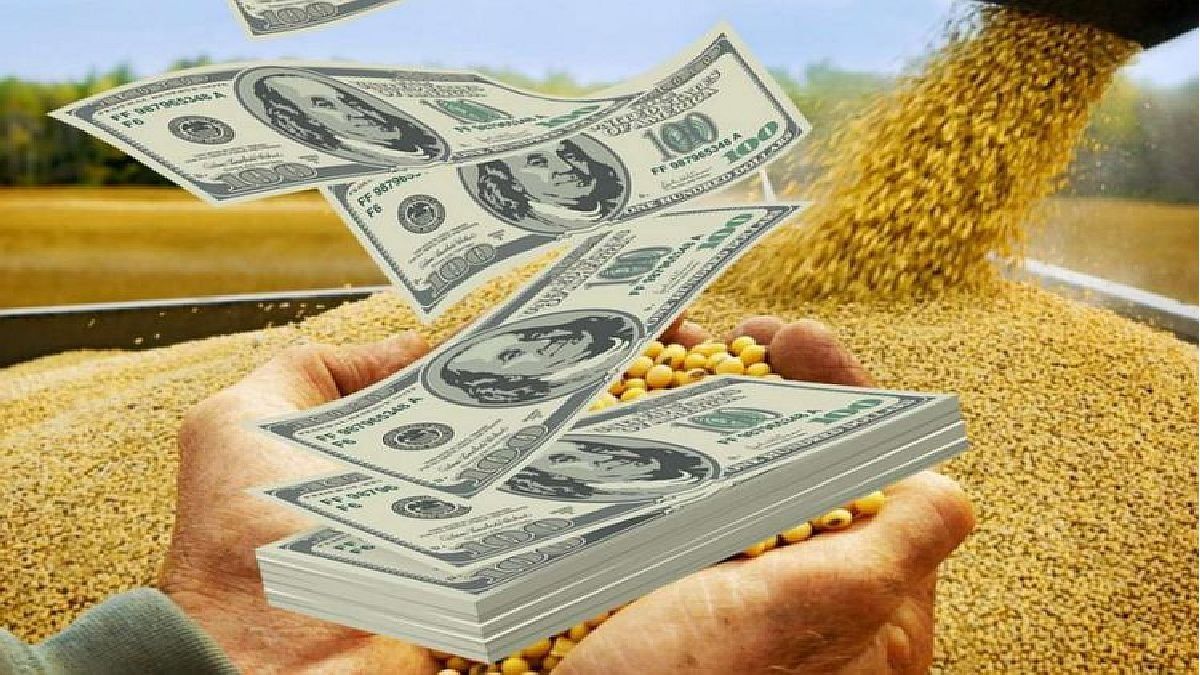exporters of soybean complex They are betting that in the second week of validity of the new edition of the Export Increase Program (PIE), which establishes a differential exchange rate of $300 per dollar for the oilseed and regional economies, the commercialization of the grain will reach higher volumes than those registered during the first five days of the measure.
“Starting next week the grain market should start to move”sources of agro-export told Télam.
Agricultural dollar: exporters expect more sales
As they explained, the first week of validity of the so-called agricultural dollar was “adjustment of regulations. The decree that launched the PIE had some innovations, including creating linked dollar accounts.
This situation required a series of regulations by the Central Bank (BCRA), since “exporters could not operate without these accounts, so they could not enter foreign currency or buy grains,” the sources added.
In fact, the level of activity in the grain market could be considered modest in terms of bean trading, since the average daily volume traded during the week was around 100,000 tons.
So much so that based on the latest data reported on the SIO-Grains monitor, the official platform that records the operations carried out during the day, the volume traded until Friday afternoon was 52,585 tons, so since the beginning of the week the producers sold 494,332 tons.
One of the central issues that explains the little commercialization, beyond technical issues, is that the price offered by buyers did not serve to encourage holders.
During the week, the values offered per ton of soybeans ranged between $90,000 and $95,000, when prior to the implementation of the measure, the productive sector speculated with a value that exceeded $100,000 per ton.
The exporters and the industry consider it essential that the producer understands the price that will be offered in the coming days as “reasonable”, so that there is a greater flow of sales.
“It will be a matter of supply and demand,” said the sources, who assured that “so far we have seen little interest from producers, but it is also true that there was not much of a buying position.”
dollar-agro-5-grandejpg.jpg
However, the liquidation level was well above the marketed level, since part of these incomes corresponded to pre-financing of exports.
In this sense, exporters entered US$815.3 million during the week, in line with what was recorded in the previous PIE released in November of last year.
The settlement allowed the Central Bank to end the week with a positive purchase balance, reaching US$297 million.
The expectations of both the national government and the export sector at the beginning of the measure was to reach a foreign exchange settlement of US$ 5,000 million and the commercialization of 10 million tons.
On this last point, It is estimated that in the hands of producers there are between four and seven million tons from the previous season, to which would be added the production of this cycle, whose expected volume is significantly lower than what was obtained last year.
From the sector they understand that this will be “the worst harvest (of soy) in 30 years.”
“In addition to the 23 million tons that are expected to be harvested, half of that volume has serious quality problems with green beans due to weather issues. On top of that, the jobs are delayed. That is why May will be very important for marketing with this type of change. “the market sources concluded.
Source: Ambito




